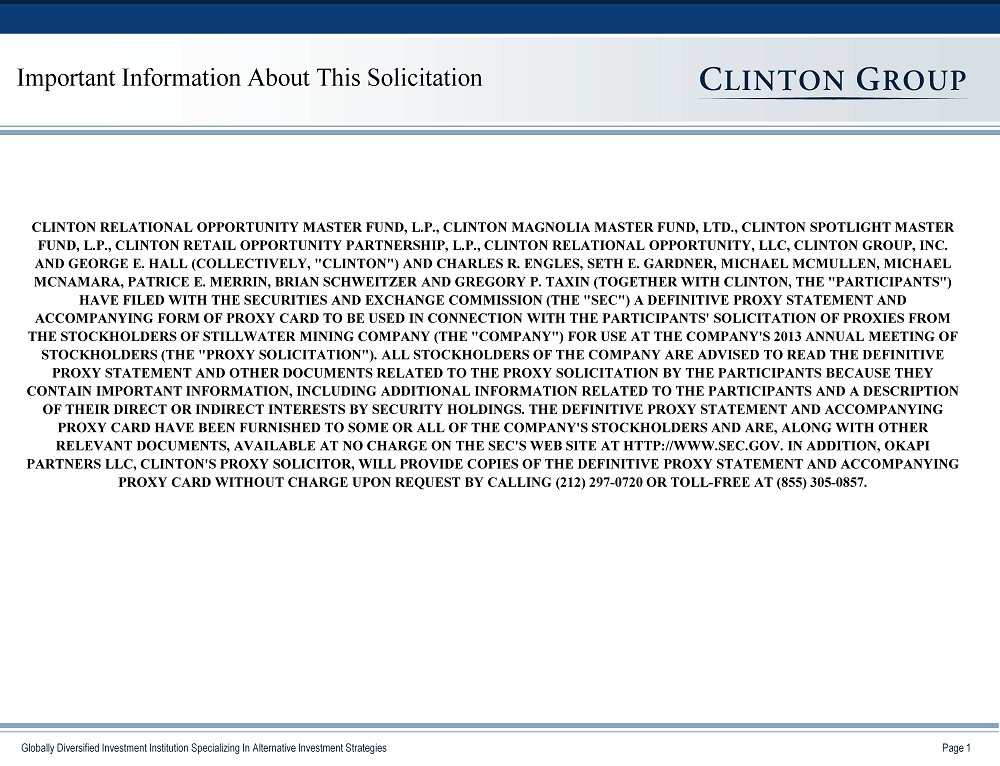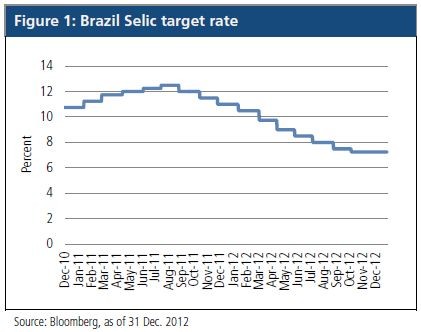Investing Spotlight The Importance of Diversification
Post on: 16 Октябрь, 2015 No Comment

Investing Spotlight: The Importance of Diversification
It’s impossible to predict how the economy and the markets will behave from day to day, which is why it’s important to diversify your investments. Since you don’t know which kinds of investments will soar and which will swoon next, it pays off to include different types of asset classes stocks, bonds, cash equivalents in your portfolio. Such diversification can reduce a portfolio’s volatility because winners can offset losers.
Stocks, for example, have historically delivered the highest returns over the long run, but also the most volatility over the short run. For example, $1 invested in the S&P 500 index in January 1984 would be worth $22.82 in January 2014. (See Market View chart )
Bonds have produced lower returns than stocks over the long haul, but they are also less volatile. One dollar invested in the U.S. Long-Term Government Index in January 1984 grew to $15.33 by January 2014. In most years, stock funds perform better than bond funds, but bond funds sometimes do better. And sometimes both types of investments gain or lose value at the same time. Cash equivalents typically have the least volatility, but also the lowest long-term growth investing $1 in cash equivalents (represented by 30-day T-Bills) in January 1984 would be worth $3.22 by January 2014.
You can diversify your portfolio among all asset classes with some money in each type of investment but tilt the focus based on your time frame and risk tolerance.
If your goal is 10 years or more away, for example, you may want tilt heavily toward stock funds because of the potential for long-term growth. But stock funds can also lose value over the short run, so it’s also a good idea to invest some money in bond funds and cash equivalents, too. As your investing goal gets closer, gradually shifting more of the money to bond funds and cash equivalents can help lower the portfolio’s volatility

.It also helps to diversify within each asset class. You might want to invest some of your stock allocation in funds that focus on large companies, for example, some that focus on small companies (which tend to have higher long-term returns but more volatility from year to year), and some that invest in international companies (which can perform very differently than the U.S. markets). You can also diversify based on investment approach — some funds tend to specialize in fast-growing companies and some search out undervalued companies that may be poised for a rebound.
You can also diversify the bond portion of your portfolio, too, because different types of bonds perform differently. For example, high-yield (junk) bonds tend to be more volatile than investment-grade corporate bonds and government bonds. But in 2013, those high-yield bonds performed best because the other types of bonds are subject to more interest-rate risk (as interest rates go up, bond prices go down).
Diversifying your investments doesn’t have to be complicated. Target-date funds, while not a complete solution for all of your retirement needs, may be adequately diversified for certain investors.














